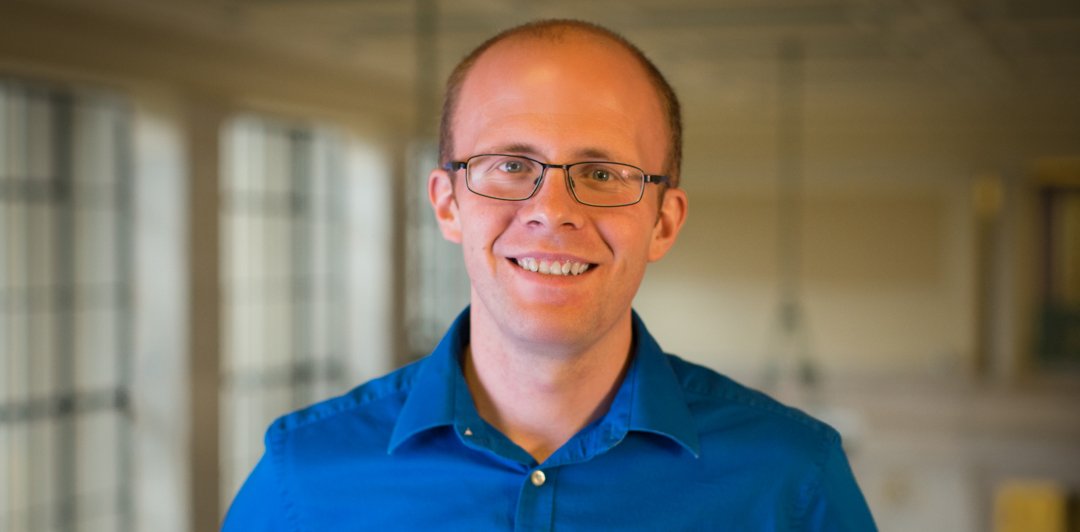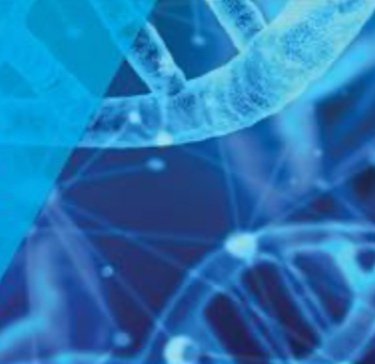April Bulletin
Issue 103
Community Notices
Next Marble Center seminar on April 7th
Next Marble Center seminar is on Monday April 7th (4-5pm) at the KI Luria Auditorium with a research talk by Dr. Shengnan Huang of the Belcher lab. The title of her talk is “A programmable nano-vaccine platform based on M13 bacteriophage for personalized cancer vaccine & therapy.”
Following the talk, please join us for a happy hour and network with others labs at KI and collaborators!
"Doctor is Leaving" Seminar with Dr. Joelle Straehla, April 8 from 12-1PM
Dr. Joelle Straehla (formerly Hammond Lab and Koch Institute Clinical Investigator) will be giving a talk at the upcoming "Doctor is Leaving" Seminar on Tuesday April 8 from 12-1PM in Luria Auditorium. Joelle is a pediatric hematologist/oncologist and recently completed her tenure in the Clinical Investigator Program at the Koch Institute before moving her laboratory to Seattle Children's Hospital in the fall of 2024. She will be returning from Seattle to share the progress from her group while at MIT and exciting next steps in her talk entitled "Harnessing biological insights to advance cancer nanomedicine".
Save the date: Annual Marble Center poster symposium on Tuesday May 20th (Luria Auditorium)
The poster symposium will convene members of the Koch Institute for Integrative Cancer Research and broader MIT community working on nano- and precision based approaches for the early detection and treatment of cancer. The event will be held at the Koch Institute Luria Auditorium on May 20, 3:30-5:30pm. This will be an in-person only event, and will be an excellent opportunity to highlight collaborative projects in this area and get feedback from faculty and industry members.
News
MIT researchers Paula Hammond, Ivan Pires, and Ezra Gordon have developed a way to rapidly manufacture specialized nanoparticles that can be used for targeted delivery of cancer drugs and other therapeutics. Credit: Gretchen Ertl
Engineers develop a way to mass manufacture nanoparticles that deliver cancer drugs directly to tumors
(Anne Trafton | MIT News) Polymer-coated nanoparticles loaded with therapeutic drugs show significant promise for cancer treatment, including ovarian cancer. These particles can be targeted directly to tumors, where they release their payload while avoiding many of the side effects of traditional chemotherapy. Over the past decade, MIT Institute Professor Paula Hammond and her students have created a variety of these particles using a technique known as layer-by-layer assembly. They’ve shown that the particles can effectively combat cancer in mouse studies.
To help move these nanoparticles closer to human use, the researchers have now come up with a manufacturing technique that allows them to generate larger quantities of the particles, in a fraction of the time. “There’s a lot of promise with the nanoparticle systems we’ve been developing, and we’ve been really excited more recently with the successes that we’ve been seeing in animal models for our treatments for ovarian cancer in particular,” says Hammond, who is also MIT’s vice provost for faculty and a member of the Koch Institute for Integrative Cancer Research. “Ultimately, we need to be able to bring this to a scale where a company is able to manufacture these on a large level.”
Hammond and Darrell Irvine, a professor of immunology and microbiology at the Scripps Research Institute, are the senior authors of the new study, which appeared in Advanced Functional Materials. Ivan Pires PhD ’24, now a postdoc at Brigham and Women’s Hospital and a visiting scientist at the Koch Institute, and Ezra Gordon ’24 are the lead authors of paper. Heikyung Suh, an MIT research technician, is also an author. Read more…
Unlocking T Cell Recognition to Welcome a New Era in Immunotherapy
Michael Birnbaum, an immunologist at MIT, leads MATCHMAKERS, an international group of scientists who received funding from Cancer Grand Challenges to tackle the problem of how T cells recognize cancer cells.
(Danielle Gerhard, PhD | The Scientist) To monitor the body, T cells use unique T cell receptors (TCRs) that interact with peptides displayed on cell surfaces via major histocompatibility complex (MHC) proteins, or human leukocyte antigens in humans. Each TCR has high cross-reactivity, so it recognizes thousands of different peptide-MHC (pMHC) combinations.1 This diversity makes it difficult to determine which cancer antigens T cells recognize. “It’s one of the most challenging problems in immunology, if not biology,” said Brian Baker, a biochemist at the University of Notre Dame. Sequencing a patient’s TCRs doesn’t directly reveal their antigen targets, and mapping these relationships is particularly difficult because antigen-specific T cells are rare.
Michael Birnbaum, an immunologist at MIT, leads MATCHMAKERS, an international group of scientists who received funding from Cancer Grand Challenges to tackle the problem of how T cells recognize cancer cells. Patients often have dozens or even hundreds of T cells reacting to their tumor, alongside an equally vast number of potential antigen targets. Experimentally testing all these combinations is an incredibly time-consuming process. “The combinatorial space gets super big,” said Michael Birnbaum, an immunologist at the Massachusetts Institute of Technology. “Compared to anything [like] normal tests in the clinic, it's just not feasible.” . Read more…
Paula Hammond delivers inaugural Percy Lavon Julian Prize Lecture
Dan Kahne, chair of CCB and Higgins Professor of Chemistry, with Paula Hammond, Institute Professor at the Massachusetts Institute of Technology.
The Harvard Department of Chemistry and Chemical Biology (CCB) celebrated the launch of the Percy Lavon Julian Prize Lecture on March 3, with an address by the inaugural lecturer Paula Hammond, Institute Professor at the Massachusetts Institute of Technology (MIT). This prize lectureship pays homage to Percy Lavon Julian, A.M. ’23, an African American chemist and alumnus whose groundbreaking work in the synthesis of medicinal drugs from plants. Hammond’s pioneering research in drug delivery systems highlights the spirit of innovation the lecture aims to foster.
“I am incredibly honored to give the inaugural Percy Lavon Julian Prize Lecture,” Hammond said. “He was an inspiration to me during my undergraduate years, and I collected his commemorative stamps. He is a true inspiration, making this a double honor for me.” Hammond’s lecture, “Sticky Nanoparticles: Electrostatic Assembly of Targeted Delivery Agents,” showcased advancements that promise to reshape medical treatment paradigms. Read more…
Job opportunities
Senior Scientist, Beam Therapeutics . Beam is seeking a scientist with expertise in formulation and product development. The candidate will work on formulation and scale-up of lipid nanoparticles (LNPs) targeting different organs and cell types. They will work as part of a team to develop drug products with the goal of bringing in vivo base editing to patients. We are looking for an ambitious candidate who wants to grow within the LNP development (process and formulation) group. This candidate will help shape the LNP platform and would grow with the aspirations of the organization as we advance into later stages of development.
Funding opportunities
| Funding Source | Grant ID | Deadline | Elsa U. Pardee Foundation: Cancer Research | N/A | April 30, 2025 | 2025 Koch Institute Frontier Research Program | N/A | May 14, 2025 |
|---|







